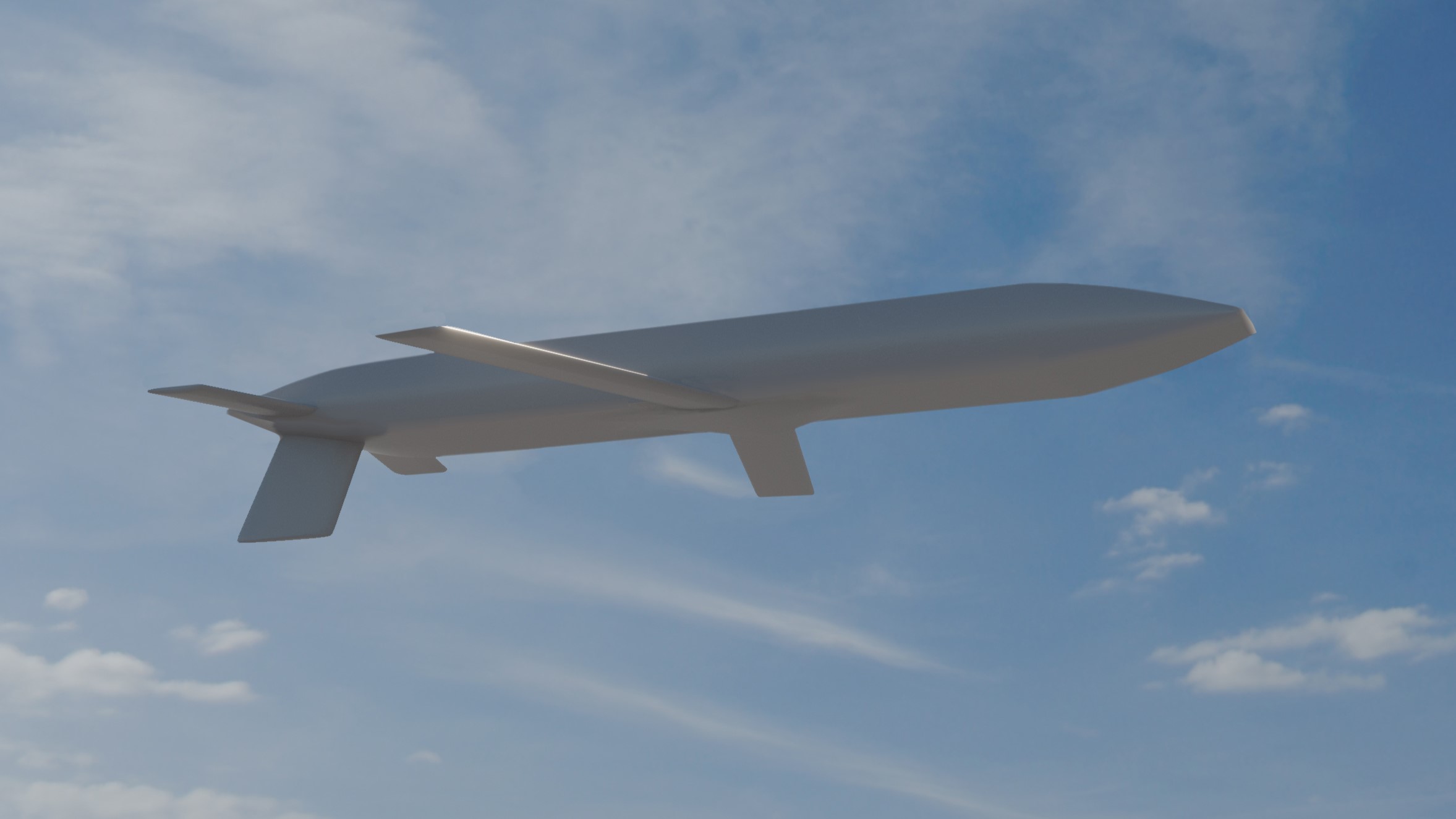House appropriators press Hegseth for FY26 spending plans, marking up without answers
“We don’t have anything today. We have zip, nada at knowing where you’re going. You could talk percentages, you could talk about whatever you want, but unless this committee sees dollars and cents and where … your plan is, then we may reconsider what you need to do to go forward,” said Rep. Rosa DeLauro.


US Defense Secretary Pete Hegseth (R) and Chairman of the Joint Chiefs of Staff Air Force Gen. Dan Caine testify before the House Appropriations Committee’s Defense Subcommittee at the US Capitol on June 10, 2025 in Washington, DC. (Chip Somodevilla/Getty Images)
WASHINGTON — Hours before House appropriators took an initial swing marking up a $832 billion defense spending bill, members pushed Defense Secretary Pete Hegseth over the lack of available details about the administration’s plan.
“Today, we are forced to mark up a rushed, and for me, an incomplete Defense Appropriations Act,” Rep. Betty McCollum, D-Minn., the top Democrat on the House Appropriations defense subcommittee said today.
“The fault is squarely on the Trump administration. But just like the CR [continuing resolution] this has national security ramifications,” she later added. “We did not have the critical information — the granular details on DoD programs that we need to make effective and efficient decisions.”
While other Democrats voiced similar concerns today, so did Republicans, including subcommittee Chairman Ken Calvert, R-Calif., who said he agreed that “we need some more detailed information” about the Pentagon’s spending plan for fiscal 2026 that kicks off on Oct. 1.
“We don’t have the luxury of time,” Calvert said. “We’ll just have to work out the differences we have in conference [with the Senate] but it’s hard for us to do our job.”
The White House typically delivers its annual budget request to Congress in early February, but that often slips due to a variety of reasons including, as is the case now, a new administration revamping spending priorities. Now four months past that window, the Trump administration has said it wants to spend just over $1 trillion on defense next year with $893 billion coming from the base budget and the remainder from reconciliation.
But details about that plan have not been formally unfurled, leaving lawmakers, Hegseth, and Joint Chiefs of Staff Chairman Gen. Dan Caine to begin the yearly pilgrimage to Capitol Hill for a series of posture hearings where they defend spending priorities without having a concrete budget proposal in hand.
Today’s hearing was the first in that series for Hegseth and Caine, and came less than 24 hours after the House Appropriations Committee opted to move ahead with its own bill, releasing a $831.5 billion defense spending proposal that keeps funding flat with FY25 level.
Before the subcommittee marked up that bill at noon today and the full committee takes it up later this week, lawmakers wanted feedback and insights into planning on a number of hot topics, though the answers remained elusive.
In one heated exchange, Rep. Rosa DeLauro, D-Conn., the Appropriations Committee’s top Democrat, pressed the defense secretary on the administration’s plan to shore up the submarine base, given that it is her “understanding” that the Pentagon intends to move $3.1 billion for the Columbia-class coffers in 2026 and spread that figure out through FY28.
When Hegseth began his comments by hitting the Biden administration’s shipbuilding plans, DeLauro snapped back, “I want your plan. I’ve had difficulty with the prior administration, and I don’t mind calling them out … What is your plan for the future? Can we get that in writing and on paper so that we know where you’re going?
“We don’t have anything today. We have zip, nada at knowing where you’re going,” DeLauro added. “You could talk percentages, you could talk about whatever you want, but unless this committee sees dollars and cents and where … your plan is, then we may reconsider what you need to do to go forward. Give us the details.”
While Hegseth didn’t provide that plan, he indicated this year’s budget request would include $5.9 billion for “revitalizing our shipbuilding industry” and reflected a 14 percent increase in FY26 for the Columbia-class and Virginia-class programs. (It is not clear if those numbers are from the base budget or funding expected to be added in through reconciliation.)
Similar questions emerged in a host of areas ranging from the Army Transformation Initiative to Golden Dome to the nuclear triad. When it comes to the nuclear triad and the Air Force’s troubled Sentinel ICBM program, Hegseth said the Pentagon has decided to take a “very hard look at that while fully funding it.”
“I’m not [pleased] with the way the Sentinel upgrade had been happening, with the recognition that it is behind and it can’t be,” Hegseth told lawmakers. “And so we’re getting at dynamic ways to address that, different alternatives. Our deputy secretary and his team are very focused [on] … What do we fund? Why do we fund it? How do we look at new ways to do it? Because the way we’ve approached it so far has gotten us nowhere fast.”
By and large, House lawmakers stuck to drilling down on programs and weapon system funding. However, questions did arise about the recent decision to mobilize 2,000 members of the National Guard and deploy 700 Marines to Los Angeles.
Hegseth confirmed that the department is planning to use those troops for 60 days. The department is planning to spend $134 million from operation and maintenance accounts to pay for their temporary duty costs, travel, housing and food, according to Bryn Woollacott MacDonnell, who is performing the duties of the Pentagon’s comptroller.




















































































































































